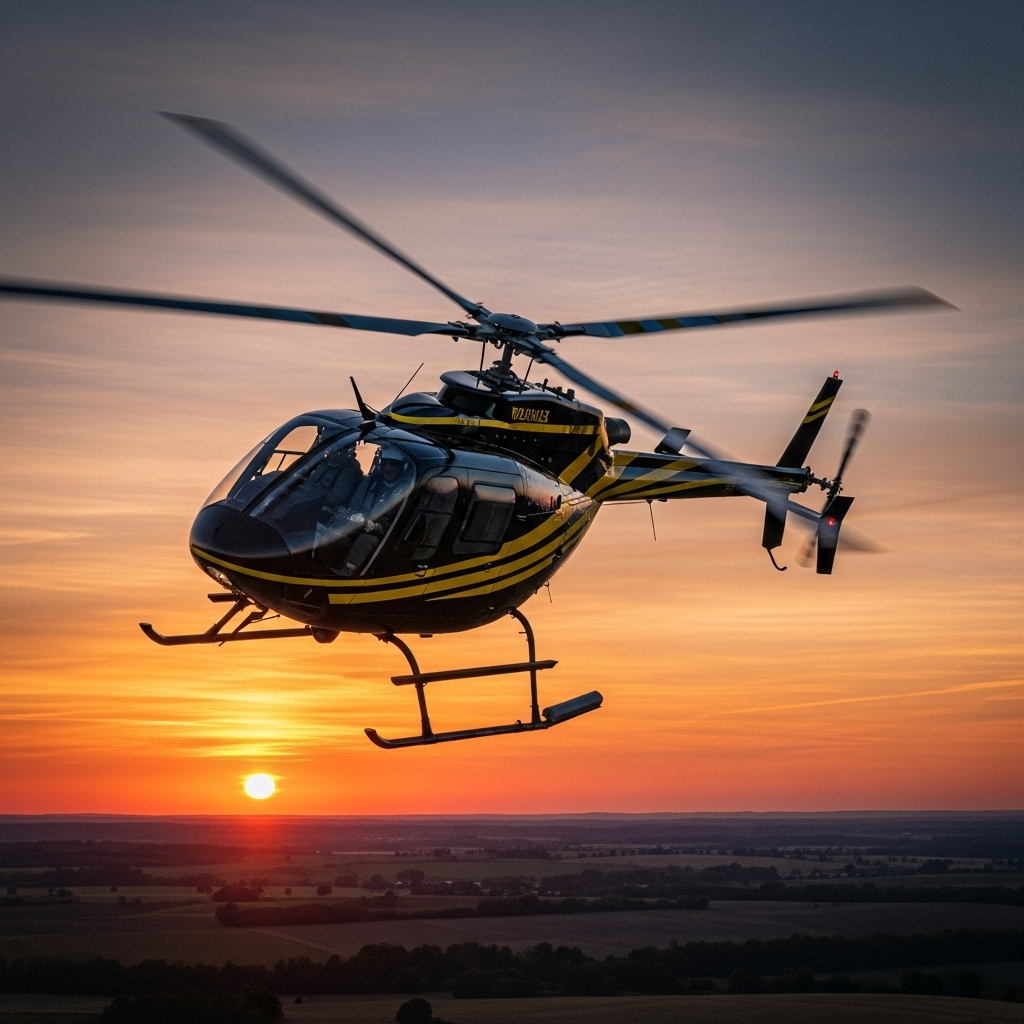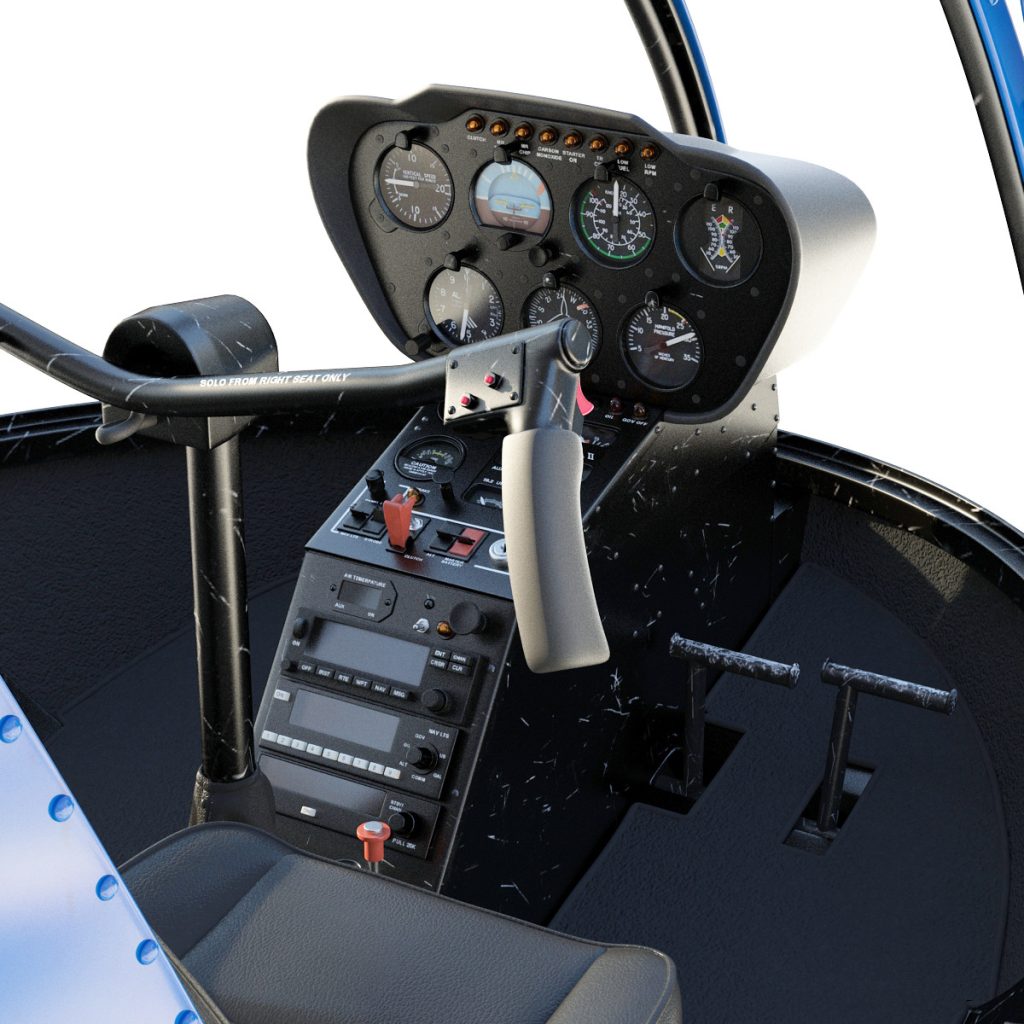Becoming a skilled pilot involves a comprehensive training process that combines theoretical knowledge with practical flying skills. Two fundamental components of pilot training are ground school and flight training, each playing a vital role in preparing aspiring aviators for their certifications and safe flying careers. Understanding the distinct elements and how they complement each other can help prospective pilots make informed decisions about their training pathways and ensure they acquire the necessary competencies for success in the aviation industry.
Understanding Ground School: Foundations of Aeronautical Knowledge
Ground school serves as the intellectual foundation of pilot training, providing students with essential aeronautical knowledge necessary for safe and competent flying. During this phase, students learn about aircraft systems, aerodynamics, navigation, meteorology, airspace rules, regulations, and emergency procedures. This classroom-based component emphasizes theoretical understanding, critical thinking, and the ability to apply knowledge in real-world scenarios. Ground school courses often include textbooks, lectures, and examinations designed to ensure students grasp complex concepts that underpin practical flying. Mastery of these fundamentals is crucial, as it prepares pilots to make informed decisions, interpret weather conditions, and communicate effectively with air traffic control and other aviation professionals.
Exploring Flight Training: Practical Skills and Hands-On Experience
Flight training focuses on translating theoretical knowledge into practical flying skills through hands-on experience in the aircraft. Under the supervision of certified flight instructors, students learn how to operate an aircraft, execute maneuvers, handle different flight conditions, and respond to emergencies. This phase emphasizes developing situational awareness, decision-making, and technical proficiency in real-world environments. Flight training includes pre-flight planning, takeoffs, landings, navigation, and emergency procedures, often progressing from basic skills to more advanced maneuvers. The tactile experience gained during this phase allows students to build confidence, refine their coordination, and understand the nuances of aircraft control, which are essential for safe and effective piloting.
Comparing Curriculum and Learning Approaches in Pilot Training
While ground school and flight training differ in their delivery, they are interconnected components of a comprehensive curriculum. Ground school primarily uses theoretical instruction, emphasizing classroom learning, reading, and examinations to build a solid knowledge base. In contrast, flight training adopts a practical approach, where students learn through direct interaction with aircraft and instructors, emphasizing skill development and real-time decision-making. The curriculum in ground school covers the "why" behind flying, such as aerodynamics and regulations, whereas flight training addresses the "how," focusing on executing maneuvers and handling the aircraft. Together, these approaches ensure that students not only understand the principles of flight but can also apply them effectively in practice, fostering well-rounded pilot competence.
Evaluating the Importance of Both Components for Pilot Certification
Both ground school and flight training are indispensable for obtaining pilot certification, as they address different but equally critical aspects of pilot competence. Regulatory agencies require pilots to demonstrate both theoretical knowledge and practical skills, making it mandatory to pass written exams and flight tests. Ground school ensures pilots understand the rules, systems, and environmental factors influencing flight, reducing the risk of errors caused by ignorance. Flight training, on the other hand, verifies that pilots can safely operate an aircraft and respond appropriately to various scenarios. Neglecting either component can compromise safety and proficiency. Therefore, a balanced emphasis on both theoretical understanding and practical execution is essential for producing competent, confident pilots capable of navigating the complexities of modern aviation safely.
In conclusion, ground school and flight training are complementary elements that form the cornerstone of pilot education. Ground school provides the critical knowledge foundation, while flight training offers the practical experience necessary to apply that knowledge effectively. Together, they prepare aspiring pilots to meet certification standards and excel in their flying careers. Recognizing the importance of both components ensures a comprehensive training approach that promotes safety, competence, and confidence in the skies.


